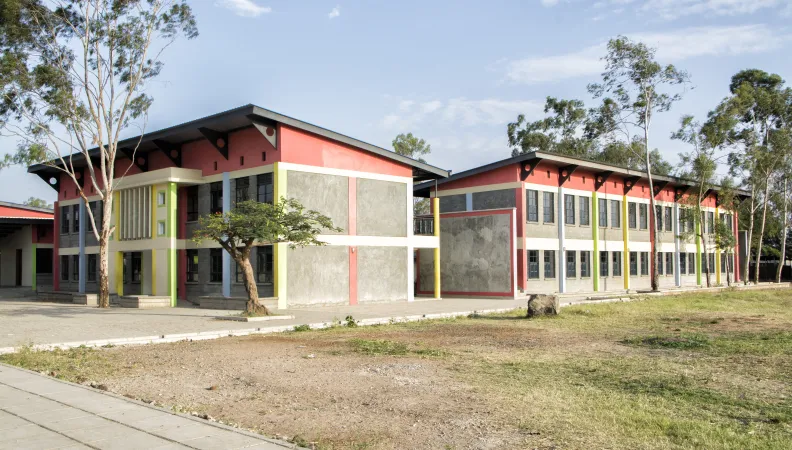Share the page
Improving living conditions in Kisumu
Project


-
Project start date
-
-
Project duration
-
21 years
-
AFD financing amount
-
40000000 €
-
Country and region
-
Location
-
Kisumu
-
Type of financing
-
Beneficiaries
-
Kisumu County and City
In Kisumu, Kenya's third largest city, half of the population lives below the poverty line. By strengthening the capacity of municipal workers, rehabilitating infrastructure in informal settlements and better waste management, the project should significantly improve the living conditions of its inhabitants.
Context
Kenya’s urban population is growing rapidly at the rate of 4% per year. The urban population represents almost 39% of the country’s total population, a figure expected to rise to 54% by 2030. It is therefore important for the country to ensure the sustainable development of its cities. This will involve ensuring access to basic services: water, electricity, garbage disposal, transport, or social services. Kisumu, Kenya’s third largest city with approximately 800,000 residents, is situated next to Lake Victoria and is dealing with problems of unemployment, high poverty, inadequate provision of basic services, slums and a fragile environment.
Description
Kisumu Urban Project (KUP) aims at improving the living conditions of its residents. The project has five components: Institutional building (development of a baseline urban development plan, increased sources of income, staff training), Solid waste management Infrastructure improvement in informal settlements, Rehabilitation of markets, Improvement of public infrastructure (schools, health centers, roads ...).
Impacts
The expected impact includes: improvement of the environment (less air, water and groundwater pollution); disappearance of the rubbish dump currently present in the urban centre, following the construction of a dump; reduction of cholera and malaria in informal settlements; rehabilitation of Lake Victoria shoreline that will help preserve the urban landscape; rehabilitation of health centers, which will contribute to the improvement of public health; and creation of jobs, because many projects induce labour-intensive work.


